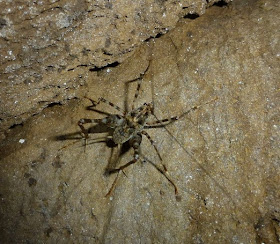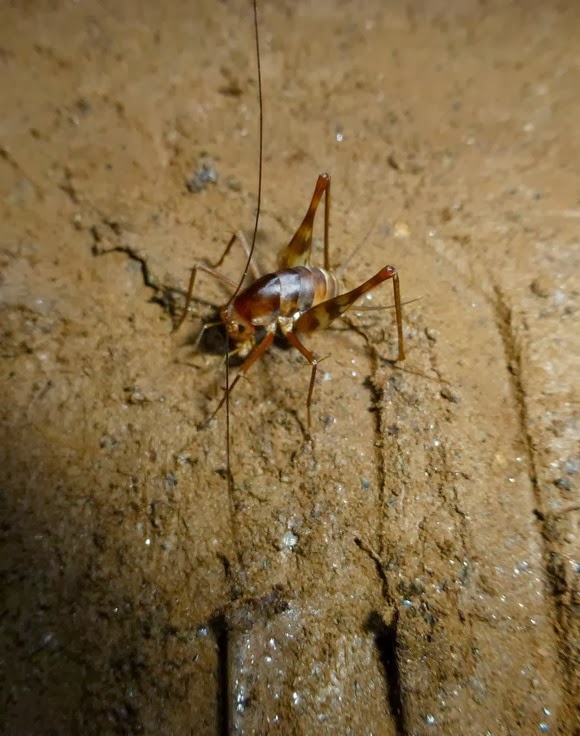Our interest was the boulder caves. There are 5 set up for tourists, although one is currently closed.
Entrance fee to the park is 40,000 dong (US$2). We travelled around in one of the safari jeeps.
The roads are stone cobbles giving a very bumpy ride. We crossed the big lake and headed for the first cave, Hang Tien. Wooden steps led down into the cave, which like all the others, is basically a path between a maze of giant boulders.
All the caves are a labyrinth of enormous, massive boulders, with large gaps between them forming caves.
The granite is interesting, quite granular/gritty, with lots of holes from erosion, and also some holes which look like geode holes.
The next cave was Hang Thay, The Master's Cave. All the caves have information boards in Vietnamese and English telling of stories and legends associated with them.
A nice tree outside the cave.
The cave has a small stream inside, even though it is dry season.
The next cave is Hang Than Nui, Yang Ndu Cave. It is very close to, or almost part of, Hang Thay. There is a statue, which may be of the hermit
Some of the granite boulders have split.
A piece of the bottom has come off -
Wooden stairs are in place where necessary
The next cave is called Thien Phuc Son Dong, or Heaven Blessing Cave. There are lots of carved rocks in this area, representing animal heads, which represent the blessings.
There are elephants, bats, buffalo, lion, tiger, bear, dragon, unicorn, tortoise and phoenix
I particularly liked these bat carvings. The flock of bats guide visitors to the cave.
Hang Doi, or Bat Grotto. There are no longer any live bats here.
We then decided to walk along the forest trail to another cave.
Hang Tu Than, or The Cave of Death has a small stream and some fauna
 |
| Heteropoda |
An interesting place. Not the same as limestone caves, but the giant boulders create caves that are fun to explore!
----
UPDATE -
In June 2014 I had an article published in the Malaysian paper The Star , on Madagui.
© Liz Price
No reproduction without permission





















































